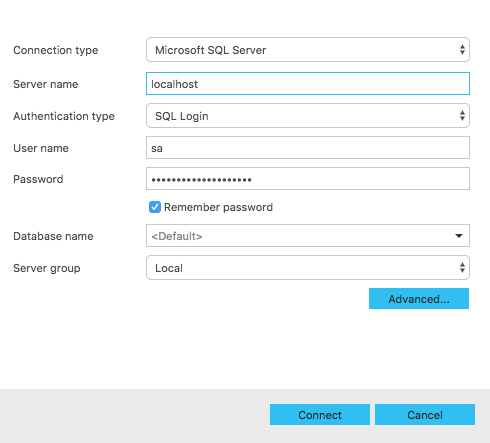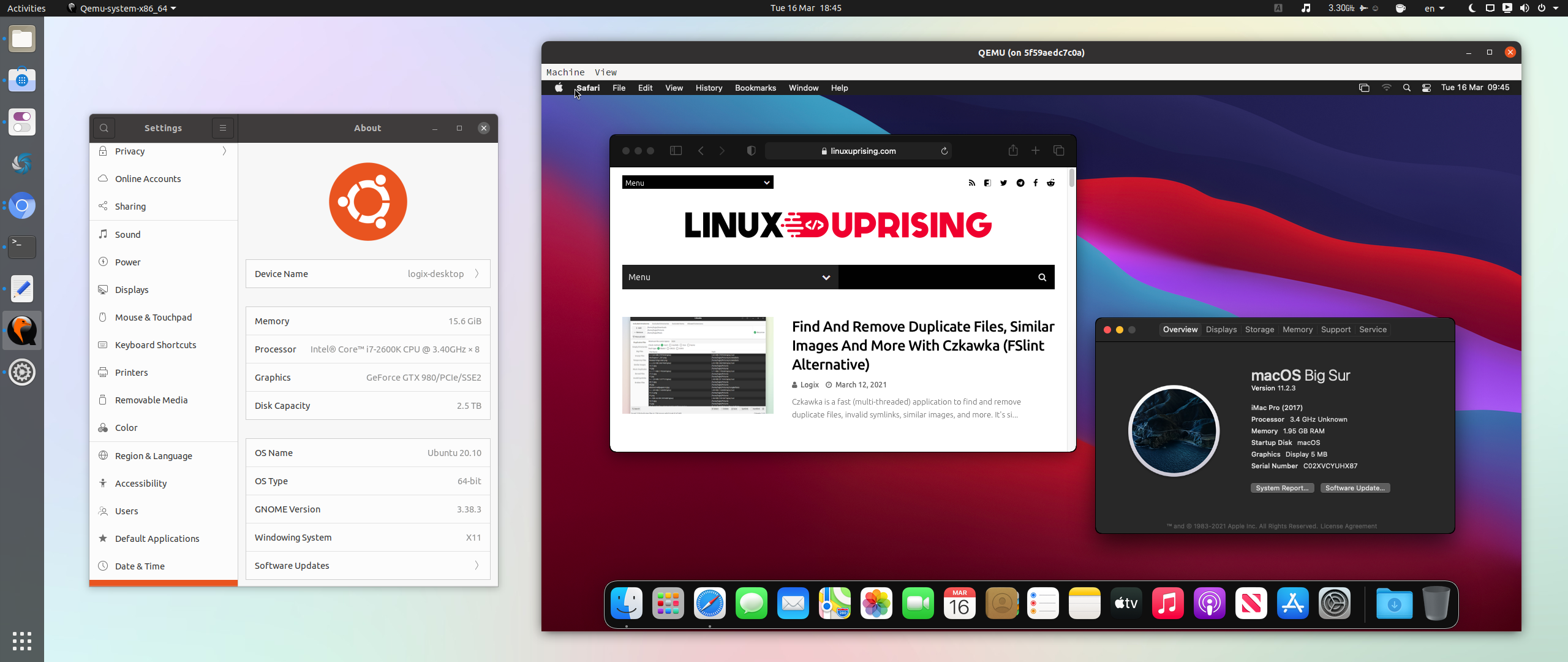

- #Docker run image mac port how to
- #Docker run image mac port mac os
- #Docker run image mac port windows
p 8080:80 would redirect traffic from port 8080 on all interfaces in the main network namespace to port 80 on the container’s external interface. To break it down explicitly: -p 5000:5000 means redirecting traffic from port 5000 on all interfaces in the main network namespace to the container’s port 5000 on its external interface. If we run docker run with -p 5000:5000, it will forward from all interfaces where the Docker daemon is running (for our purposes, the main network namespace) to the external IP address of the containter. As soon as the process is finished, the container stops and everything inside of it is removed. Docker containers do not save the data they produce. Docker run port-forwarding (is not enough) For example, to map TCP port 80 in the container to port 8080 on the Docker host you would run: docker container run -p 8080:80 dockerimage Run a Container and Mount Host Volumes. How do we connect the two network namespaces? With Docker port-forwarding. The browser is connecting to 127.0.0.1 in the main, default network namespace.īut those are different interfaces, so no connection is made. Now it’s clear why there’s a connection refused: the server is listening on 127.0.0.1 inside the container’s network namespace. The resulting network setup looks like this: Your operating system has multiple network “interfaces”.įor example, on my computer (with output shortened for clarity): We're also telling Docker (on your computer) to forward localhost port 12375 to port 2375 in the container. You'll notice that this image requires the -privileged flag to extend additional privileges to the container. Docker runs on non-Linux OSes like macOS by running a Linux virtual machine, but the practical consequences are the same. First, start up an instance of the docker:dind image: docker run -privileged -p 12375:2375 -e DOCKERTLSCERTDIR'' docker:dind. I’m going to assume the main OS is Linux, for simplicity of explanation. Let’s start with our first scenario: you run a server directly inside your operating system, and then connect to it.
#Docker run image mac port how to
#Docker run image mac port windows
so we can't run docker natively on windows or a mac.
#Docker run image mac port mac os
Lets look at an example of how this can be achieved. The default is a lightweight Linux VM made specifically to run the Docker daemon on Mac OS X. When you run a container, if you want to access the application in the container via a port number, you need to map the port number of the container to the port number of the Docker host. after the "docker run -p 9000:80 -it angular-webpack" command, the docker container runs on a linux virtual machine. In Docker, the containers themselves can have applications running on ports. This will create a container with the image "angular-webpack" and bind the container’s port 80 to the host machine’s port 9000. Run docker run -p 9000:80 -t angular-webpack here is an example from my project: how to run the docker container on your local machine

The dockerfile should be located in the root of the project. here's a simple dockerfile that copies the "dist" folder to /usr/share/nginx/html: from nginx

Port bindings of a specific container docker inspect dockerfileĪ dockerfile is a text document that contains all the commands a user could call on the command line to assemble an image. Remove all docker images docker rmi $(docker images -q) Then we show a couple of options that use build plugins (for Maven and Gradle) instead of docker.This is a getting started guide, so the scope is limited to a few basic needs. We start with a basic Dockerfile and make a few tweaks. Remove all docker containers docker rm $(docker ps -a -q) This guide walks you through the process of building a Docker image for running a Spring Boot application. Stop all docker containers docker stop $(docker ps -a -q) Docker run port-forwarding (is not enough) If we run docker run with -p 5000:5000, it will forward from all interfaces where the Docker daemon is running (for our purposes, the main network namespace) to the external IP address of the containter. Run docker image docker run -p 80:80 -it image-name docker commandsīuild docker image docker build -t image-name. i skipped the basic definitions about docker, containers, and ci for the sake of simplicity. this post is about dockerizing an angular2 app and on your local machine. I have been working on a hobby project, nutrition tracking app, to practice the latest continuous integration tools.


 0 kommentar(er)
0 kommentar(er)
